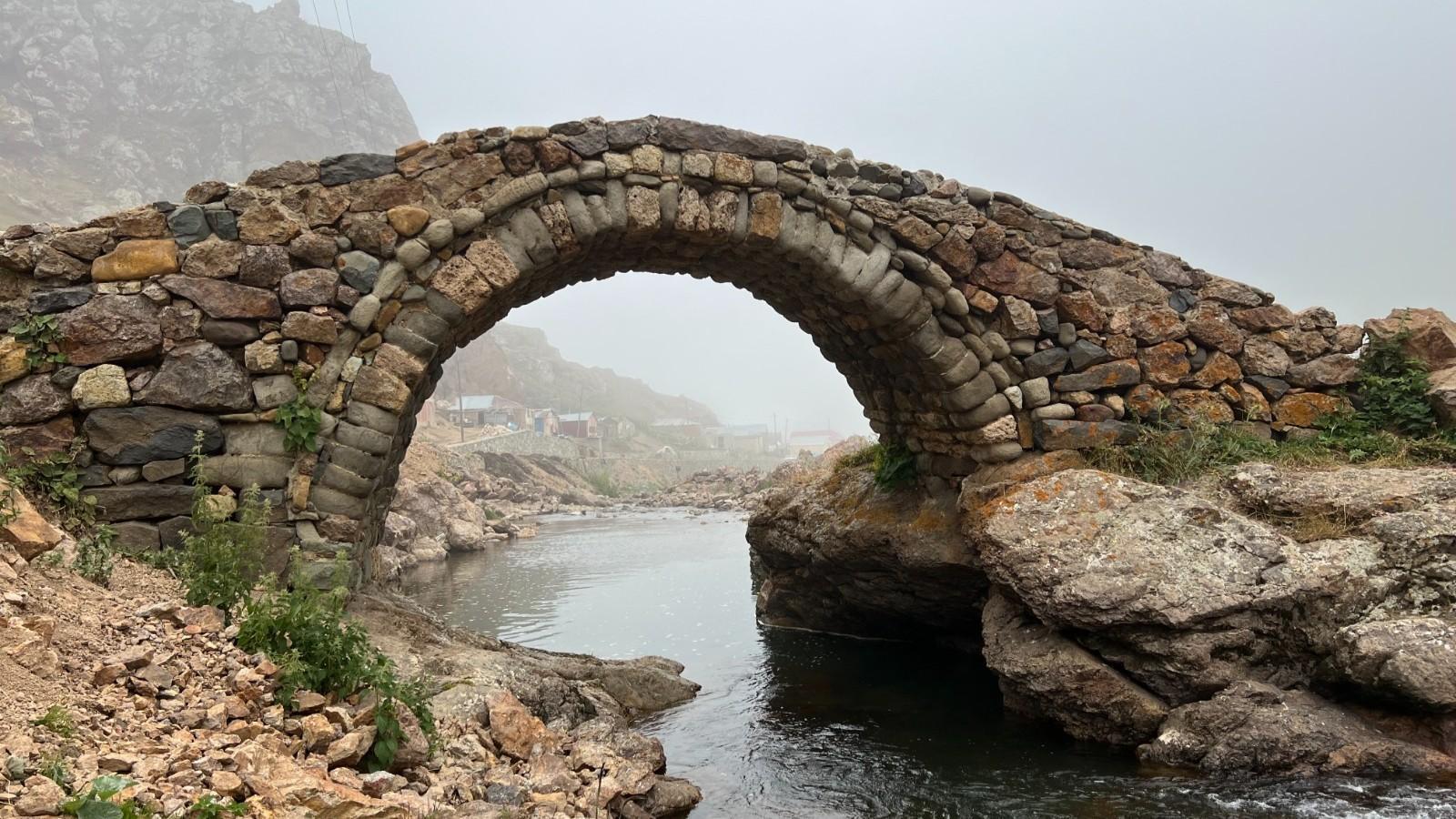
A team of academics has successfully identified the route used by Ottoman Sultan Mehmed the Conquerer during his conquest of the Black Sea city of Trabzon in 1461, uncovering paths leading to numerous heritage sites worth visiting.
The project, led by Professor İsmail Köse from the Department of International Relations at Karadeniz Technical University (KTÜ), was submitted to the Scientific and Technological Research Council of Türkiye (TÜBİTAK) under the European Union-supported COST Action Science and Technology Collaboration Program — SEADDA.
With TÜBİTAK’s support, researchers examined two historically significant routes: the path taken by the 10,000 mercenary soldiers hired by Persian Prince Kyros in 401 B.C. for the Battle of Cunaxa against his brother, King Artaxerxes II, and the route of Mehmed the Conquerer’s land army in 1461.
Over two years, scholars meticulously traced these paths across Trabzon, Gümüşhane and Bayburt. Through extensive fieldwork, the research team digitally mapped the routes and documented significant historical landmarks along them.
Köse emphasized the project’s depth, explaining, “We conducted a comprehensive study with an eight-member team, examining literature, physical traces and the geography of the region before mapping the findings.”
“There is no surviving ‘menzilname’ [travel log] detailing the sultan’s march, making it difficult to confirm details,” he said. “Since 2018, we have been working on this project to bridge that gap.”
The field study presented significant challenges, but Köse explained their approach: “We aimed to align historical literature with geographical realities. While we cannot claim absolute accuracy, we have determined a route with approximately 90 percent certainty for both Mehmed the Conquerer and the Ten Thousand.”
Osman Emir, another key researcher, shared that one of their primary reference points was Ottoman-era road networks. “The route in the Black Sea region have largely remained unchanged over time, so we first examined historical pathways. We also considered archaeological findings and architectural landmarks along these roads.”
Emir highlighted the broader implications of their findings. “This study has two major outcomes. First, it identifies and validates the historical importance of these routes. Second, it underscores their potential for cultural tourism.”